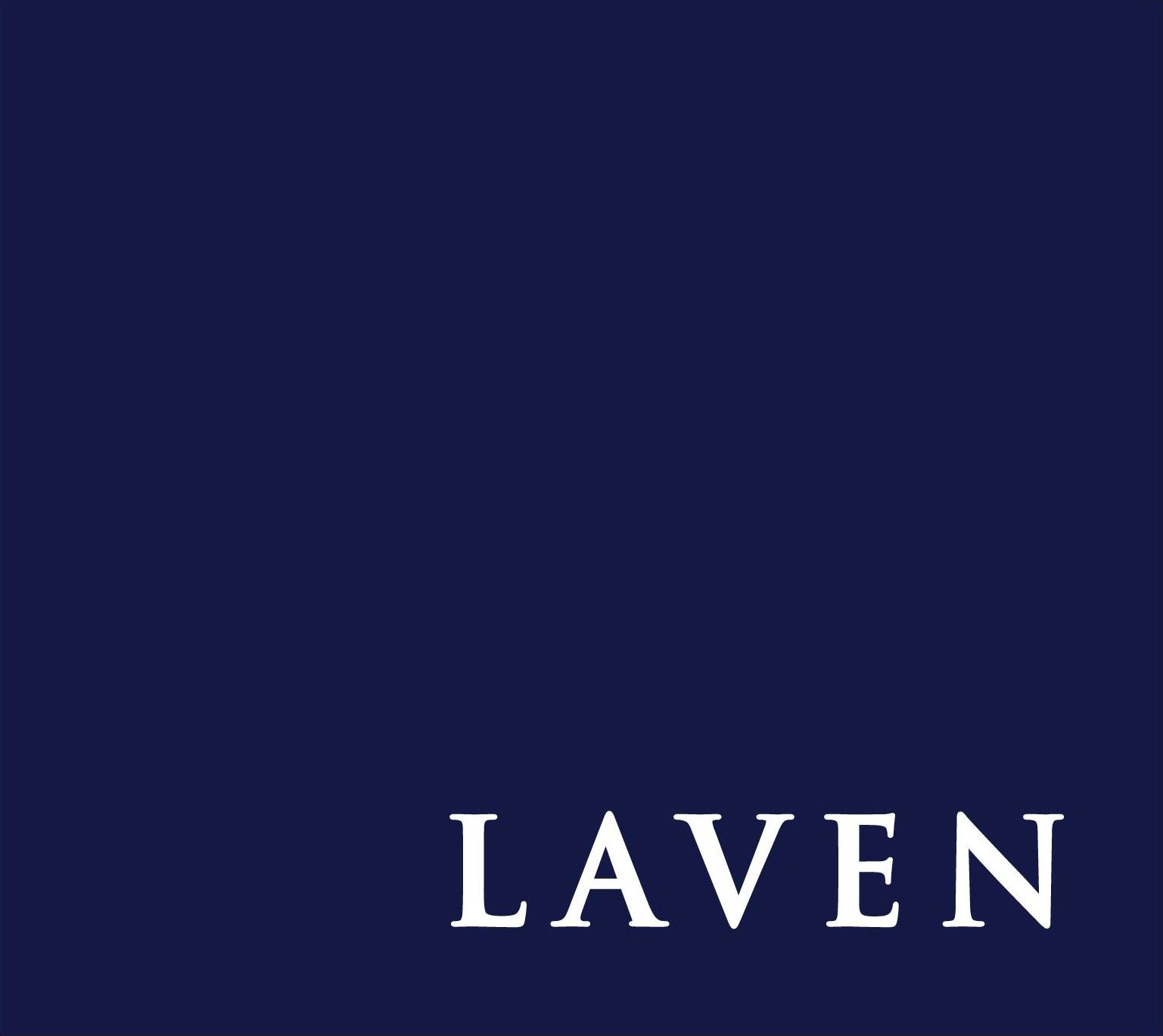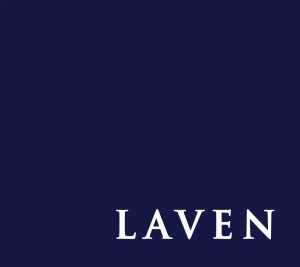GP-led (General Partner) secondary transactions in the private equity space have become increasingly popular in recent years, with these transactions estimated to have reached over $63 billion in deal value in 2021. This article will review how these transactions operate and the future direction the market appears to be taking.
GP-led secondary transactions refer to a scenario in which a GP creates a structure which allows secondary buyers to purchase fund interests from existing investors in a fund. This allows those existing investors to exit their position in the fund early and obtain liquidity, whilst also allowing the GP and other investors to remain invested. GP-led transactions typically coincide with changes to the fund’s terms and economics. Historically, these transactions had a stigma attached to them, with investors seeing them as a way for GPs to restructure underperforming funds. The continued growth in this area, however, suggests that this perception has evolved to see these transactions as more flexible liquidity solutions.
One of the ways GPs can structure such a transaction is by using a continuation fund to purchase one or more assets of the original fund. This has become increasingly attractive as macro-economic conditions continue to deteriorate following the pandemic and M&A exits for assets become more challenging.
These same market conditions have also seen the rise of GPs attempting to capitalise on their portfolios through the use of preferred equity. The preferred equity process is generally easier to implement than other GP-led transactions and does not require a new fund to be put in place. It also minimises the conflicts of interest’s issues which can arise from other GP-led transactions whilst providing the desired liquidity, at least in the interim, to LPs.
The pricing of these GP-led deals is often done in one of two ways; either by a secondary investor as part of an auction process, or following the sale of a minority stake in an underlying asset(s) to another investor. The latter has become increasingly popular as it provides LPs with more certainty around the transaction. This is because the M&A process provides the secondary investor with key disclosure materials which helps to clarify the deal pricing.
The pricing mechanics of these secondary transactions typically start with a base price which is adjusted in accordance with whether the LPs are drawing down (adjusted upwards) or distributing (adjusted downwards). There is a trend however, for these pricing mechanics to change for single and concentrated asset GP-led transactions. In these scenarios it is more likely for the pricing to be structured around M&A consideration mechanics, such as the locked box mechanism, which provide the seller with price certainty as it eliminates the requirement for any post-completion price adjustments.
Finally, the use of W&I insurance cannot be overlooked in the continued growth of GP-led transactions. In single asset transactions, it can provide increased protection to secondary investors who may request additional warranties outside of the traditional scope, whilst also allowing the GP to limit its liability. Similarly, in a continuation fund scenario, W&I insurance can limit the liability exposure for the existing fund.





